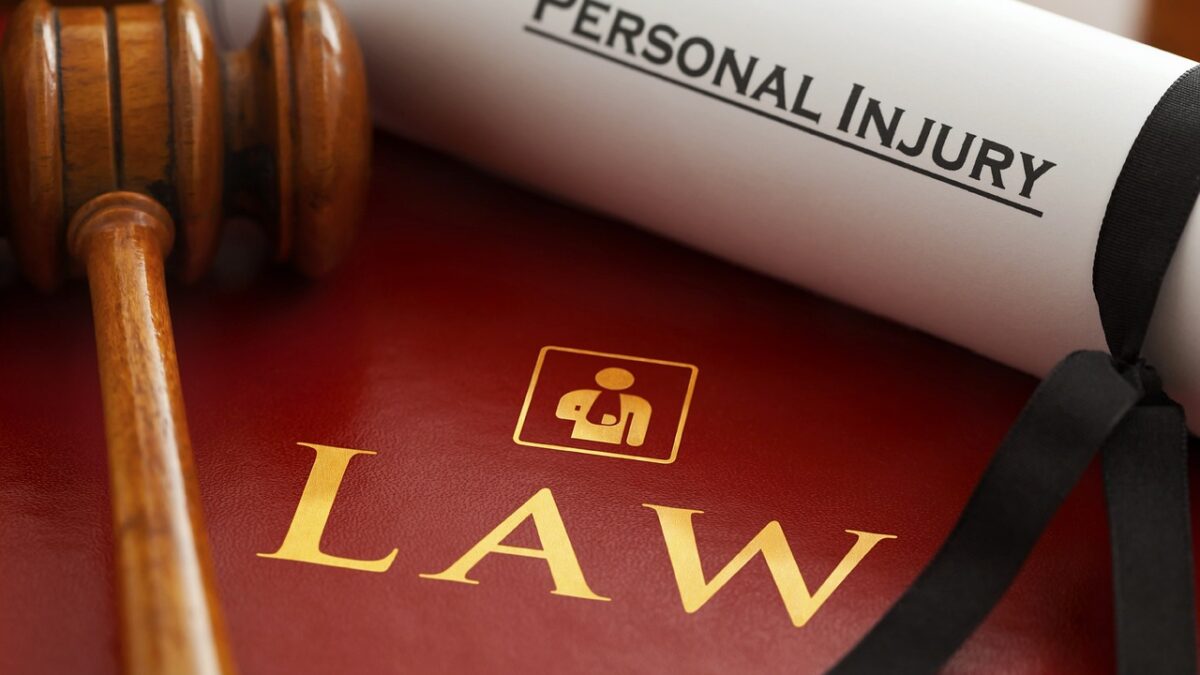
Understanding Hit-and-Run Laws in California: Legal Rights and Remedies for Victims
April 19, 2024
Thaler v Comptroller-General of Patents, Designs and Trademarks [2023] UKSC 49
April 19, 2024In personal injury law, negligence refers to the failure to exercise reasonable care, resulting in harm to another person. However, the concept of “reasonable care” is not fixed. The standards of negligence evolve alongside societal expectations and technological advancements, ensuring the law remains relevant and protects individuals from foreseeable harm.
This article will explore how the concept of negligence in personal injury law adapts to these changing circumstances, focusing on the evolving definitions of duty of care, breach of duty, and causation.
Duty of Care
This refers to the legal obligation to act with a certain degree of care to avoid causing harm to others. The standard of care expected varies depending on the profession and situation. For example, doctors have a higher duty of care compared to property owners. However, this duty can evolve.
Landowners, for instance, may now be held liable for inadequate security measures in light of increased crime rates. This shift demonstrates how societal changes can influence the definition of a duty of care.
Breach of Duty
A breach of duty occurs when someone fails to meet the expected standard of care. Advancements in technology significantly influence how courts define a breach.
For instance, the prevalence of distracted driving has led to laws prohibiting phone use while operating a vehicle. This establishes a clear standard of care and defines a breach as using a phone while driving.
Similarly, the rise of social media has sparked discussions about a duty to warn others of potential dangers on these platforms. These examples highlight how technological advancements can reshape the definition of a breach of duty.
Causation
Causation refers to the legal connection between the breach of duty and the harm suffered. Foreseeability plays a key role in determining causation. Courts consider whether the harm was a foreseeable consequence of the breach.
For example, the understanding of causation has evolved regarding long-term health effects. Previously unforeseen health problems caused by exposure to harmful substances can now be considered a foreseeable consequence, establishing causation in negligence claims. This demonstrates how scientific advancements can influence the concept of causation.
What forms of compensation am I eligible to recover in negligence cases?
In negligence cases, individuals may be eligible to recover various forms of compensation, also known as damages, depending on the circumstances of their case. These compensation types aim to address the physical, emotional, and financial impact of the injury or harm caused by another party’s negligence.
- Lost income
- Property damage
- Punitive damages
- Medical expenses
- Pain and suffering
- Wrongful death damages
It’s important to consult with experienced legal professionals to understand the specific types and amounts of compensation you may be entitled to based on the circumstances of your case.
But, the key is to hire a lawyer local to you, at least in the same state due to specific state laws, such as no-fault rulings, comparative negligence, and the statute of limitations.
For New York City personal injury lawyers specialize in navigating the complexities of negligence claims for the Big Apple and the entire state of New York, and can provide invaluable guidance and representation to help you seek fair compensation for your injuries and losses.
Conclusion
The concept of negligence in personal injury law is not set in stone. It adapts to the changing landscape of society and technology. Recognizing this evolution ensures the law effectively protects individuals from foreseeable harm and holds those who breach their duty of care accountable.
This adaptability ensures the law remains a relevant tool for achieving justice in a constantly evolving world.



